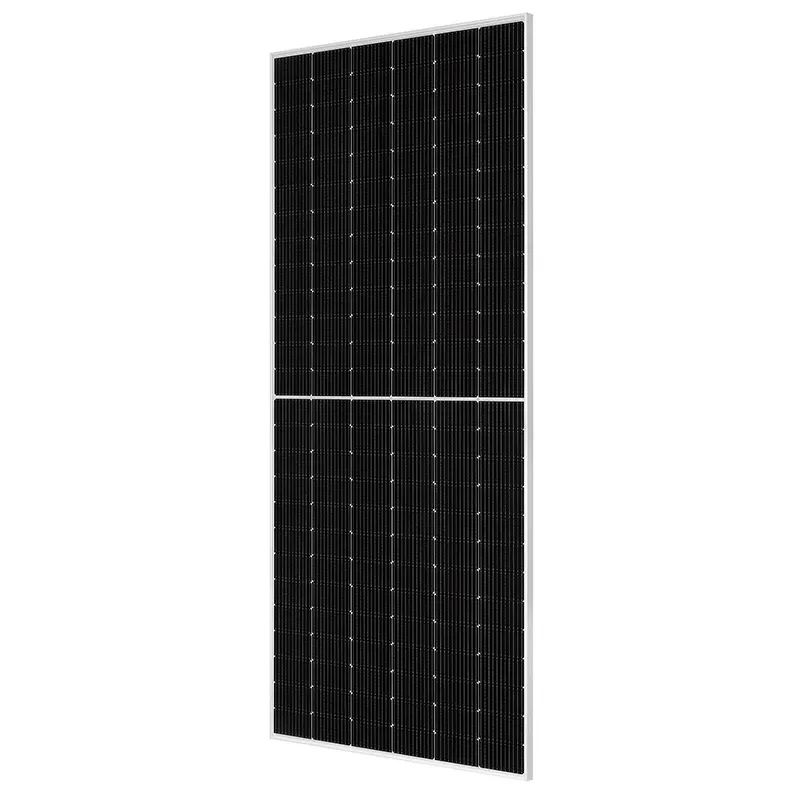Determining the Ideal Size for Your Solar Power System to Meet Energy Needs Efficiently
Sizing Your Solar System A Comprehensive Guide
The increasing demand for renewable energy solutions has led many homeowners and businesses to consider solar power as a viable option. However, one of the crucial steps in transitioning to solar energy is determining the right size for your solar system. Proper sizing ensures that you maximize energy production, save on costs, and efficiently meet your energy needs. In this article, we will explore the essential factors to consider when sizing your solar system, enabling you to make an informed decision.
Understanding Your Energy Needs
The first step in sizing your solar system is to understand your energy consumption. A thorough analysis of your electricity bills over the past year will provide a clear picture of your monthly and annual energy usage, typically measured in kilowatt-hours (kWh). Pay attention to seasonal variations, as energy usage may fluctuate depending on the time of year. For instance, air conditioning usage may spike in summer, while heating needs may increase in winter.
Once you have a detailed understanding of your consumption pattern, calculate your average monthly usage. This figure will serve as a foundation for sizing your solar system.
Evaluating Solar Panel Output
The output of solar panels varies based on factors such as panel type, efficiency, and local climate conditions. Most residential solar panels produce between 250 to 400 watts per panel. It's essential to choose high-efficiency panels to maximize energy production, especially if you have limited roof space.
Additionally, the geographical location plays a vital role in the amount of sunlight your panels will receive. Areas with abundant sunshine will generate more energy, while cloudy or shaded regions may produce less. To estimate solar panel output, consider using a solar calculator or consulting a professional installer who can provide a tailored assessment based on your location and roof characteristics.
Calculating the System Size
sizing your solar system

To determine the appropriate size for your solar system, divide your average monthly energy usage (kWh) by the average monthly solar production (kWh) for your area. This calculation yields the number of solar panels required to meet your energy needs. For instance, if your average monthly usage is 900 kWh and the average production per panel is 30 kWh per month, you would need approximately 30 panels (900 kWh / 30 kWh per panel).
Considering Future Needs
As you size your solar system, it's also important to consider potential future changes in your energy needs. If you plan to add electric vehicles, remodel your home, or increase energy-consuming appliances, factor these changes into your calculations. Opting for a slightly larger system can provide added flexibility and ensure that you won’t outgrow your solar capacity too soon.
Incorporating Battery Storage
Another consideration is the integration of battery storage in your solar system. Solar battery systems store excess energy generated during sunny days for use during nighttime or cloudy days. If you’re interested in achieving energy independence, adding battery storage can lead you to size your system larger to accommodate this additional demand.
Seeking Professional Guidance
The process of sizing a solar system can be complex, and while DIY calculations can provide a starting point, it's always wise to consult with a professional solar installer. They can conduct a site assessment, evaluate your unique energy needs, and recommend the best system size to optimize energy production while considering local regulations, permits, and incentives.
In conclusion, sizing your solar system involves understanding your energy needs, assessing solar panel output, calculating the required system size, and considering future energy consumption. With a well-sized system, you can enjoy the benefits of solar energy, including reduced utility bills and a smaller carbon footprint, paving the way for a sustainable future.
-
Understanding the Advantages of Solar String Inverters for Your Energy SystemNewsApr.29,2025
-
Choosing the Right PV Inverter: A Comprehensive GuideNewsApr.29,2025
-
The Future of Solar Power: Exploring Bifacial Solar PanelsNewsApr.29,2025
-
The Complete Guide to Solar Panels: Efficiency, Cost, And InstallationNewsApr.29,2025
-
The Best Options for Efficiency and Cost-EffectivenessNewsApr.29,2025
-
Harnessing the Power of Off-Grid Solar Inverters for Energy IndependenceNewsApr.29,2025







